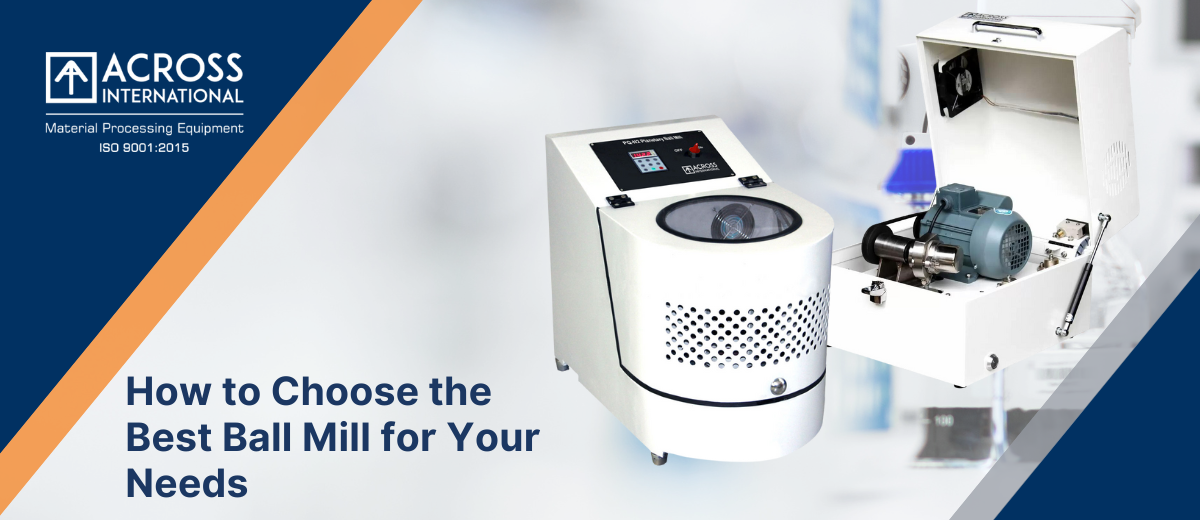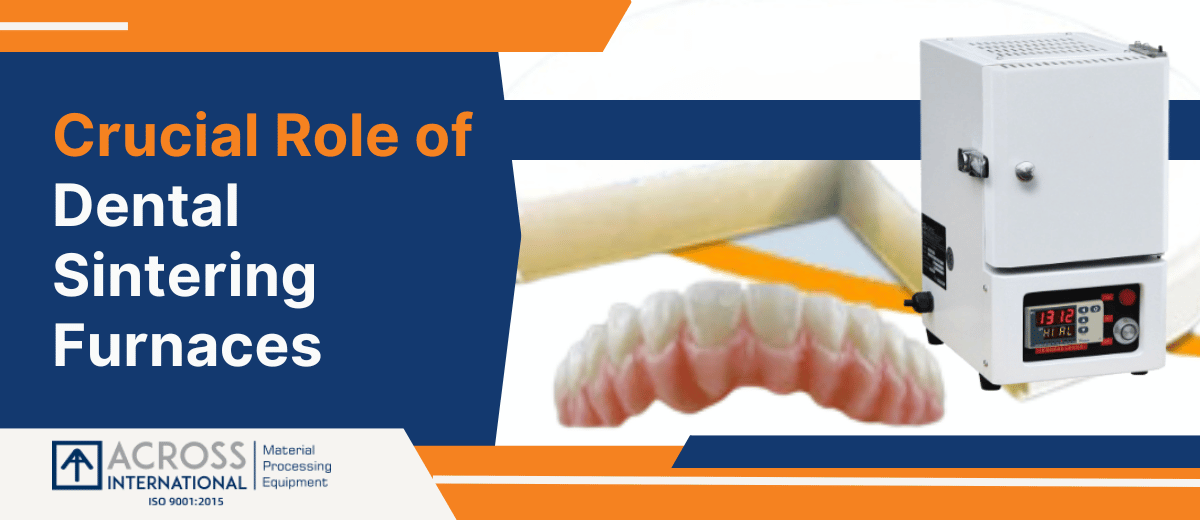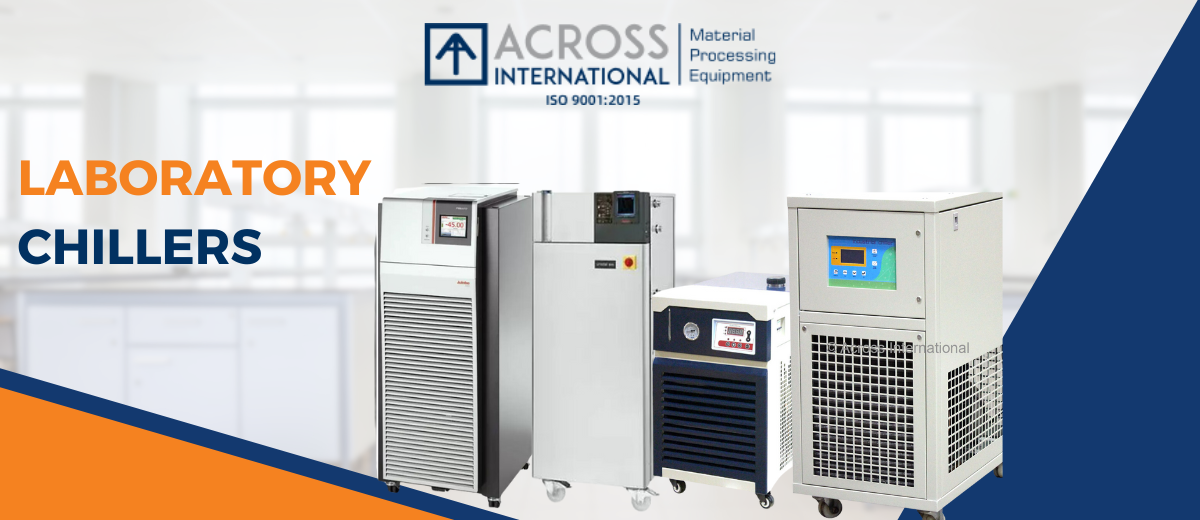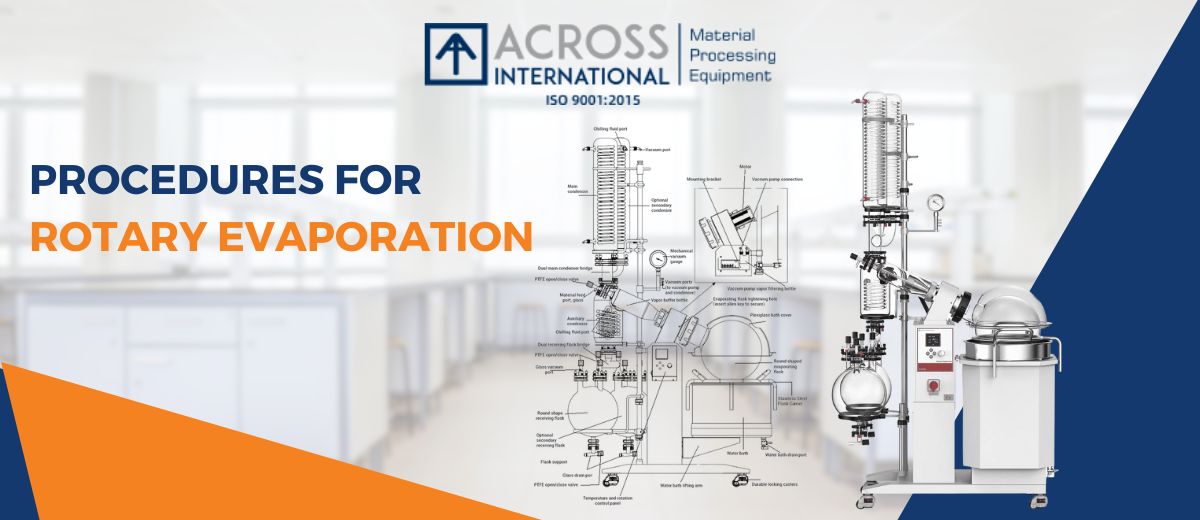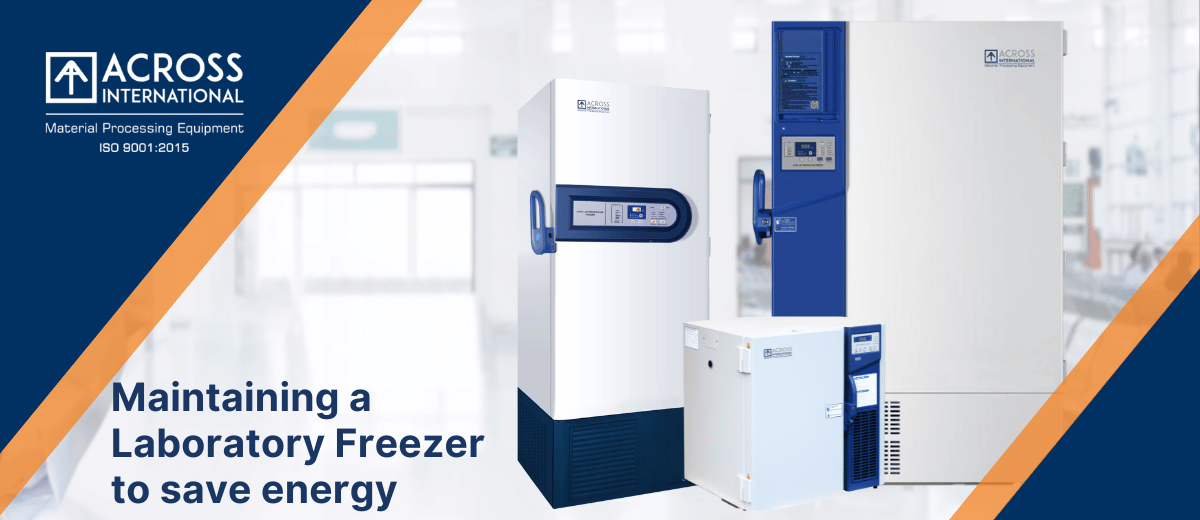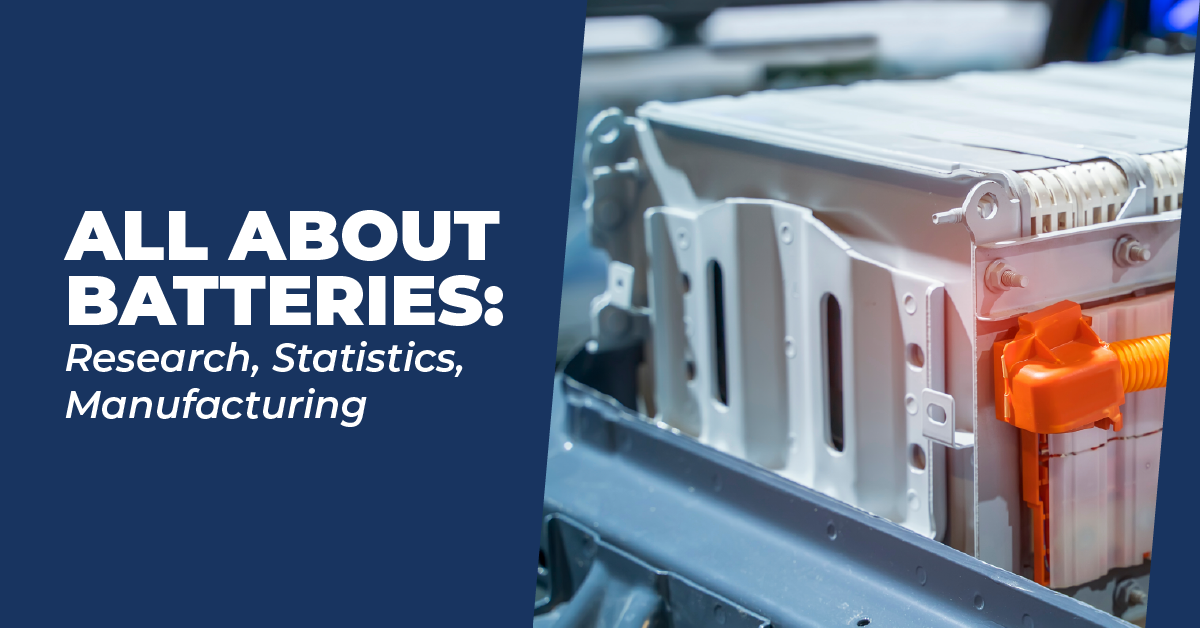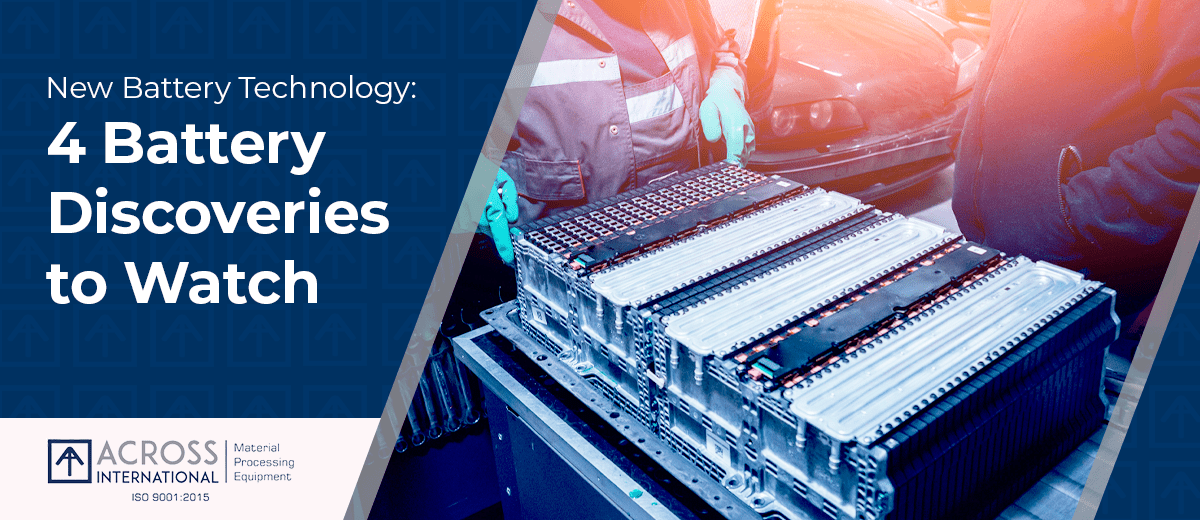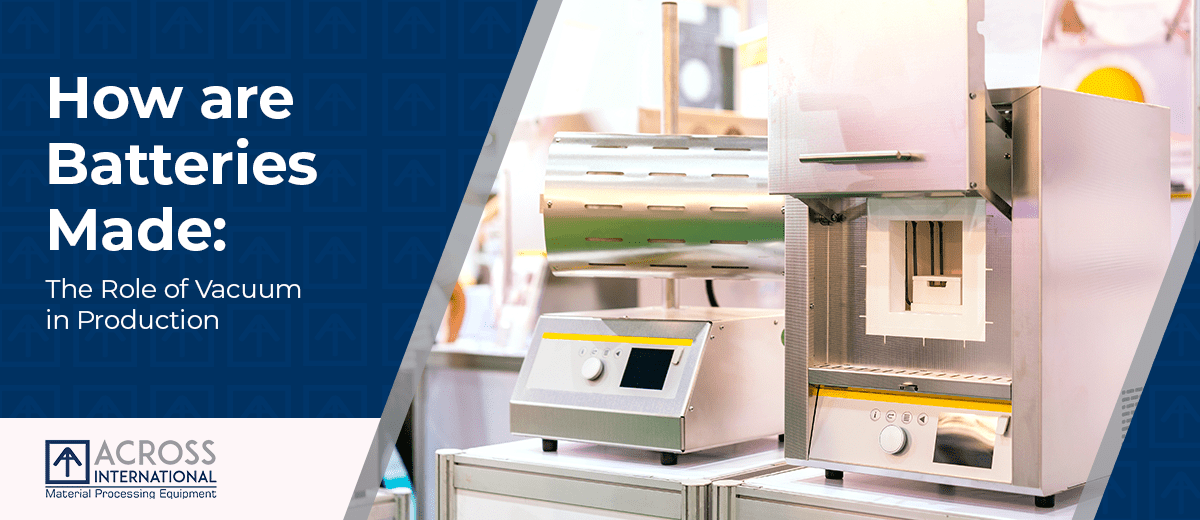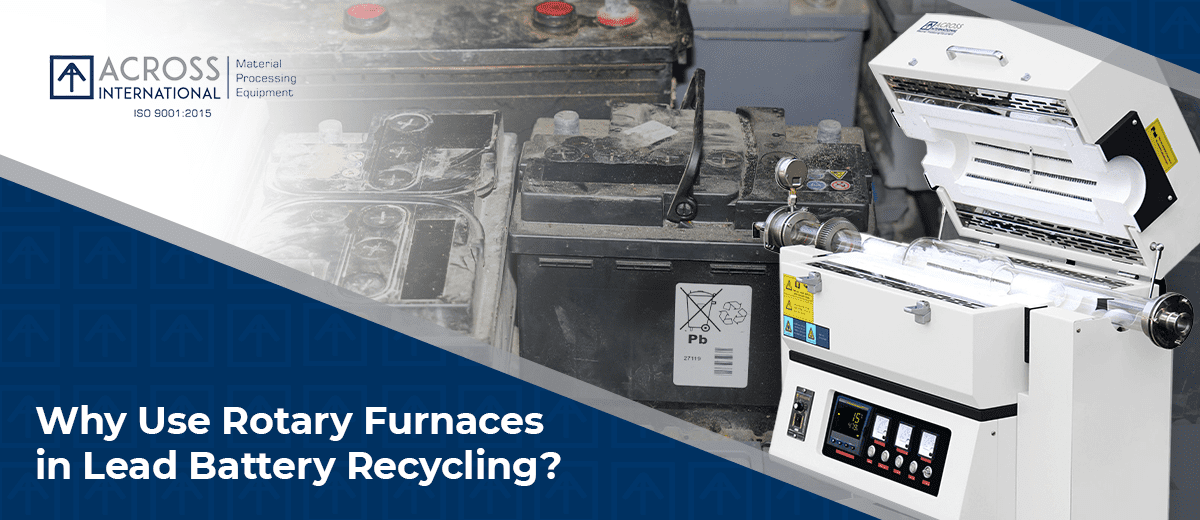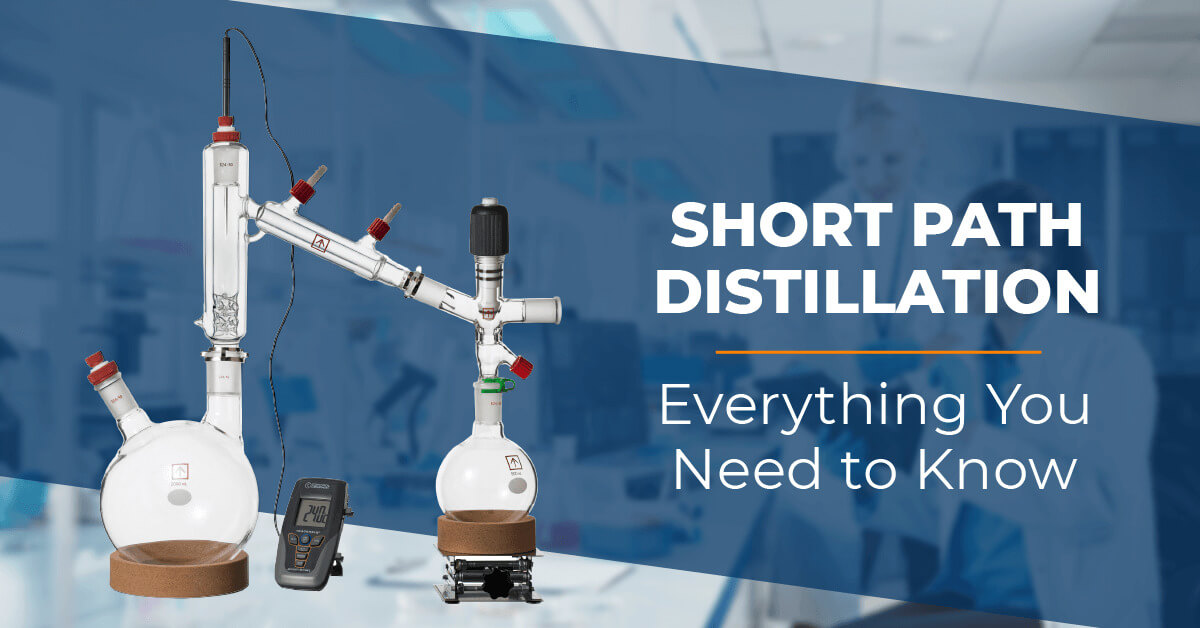We use cookies to make your experience better. To comply with the new e-Privacy directive, we need to ask for your consent to set the cookies. Learn more.
How to Choose Rotary Evaporator (Rotovap) for Your Lab
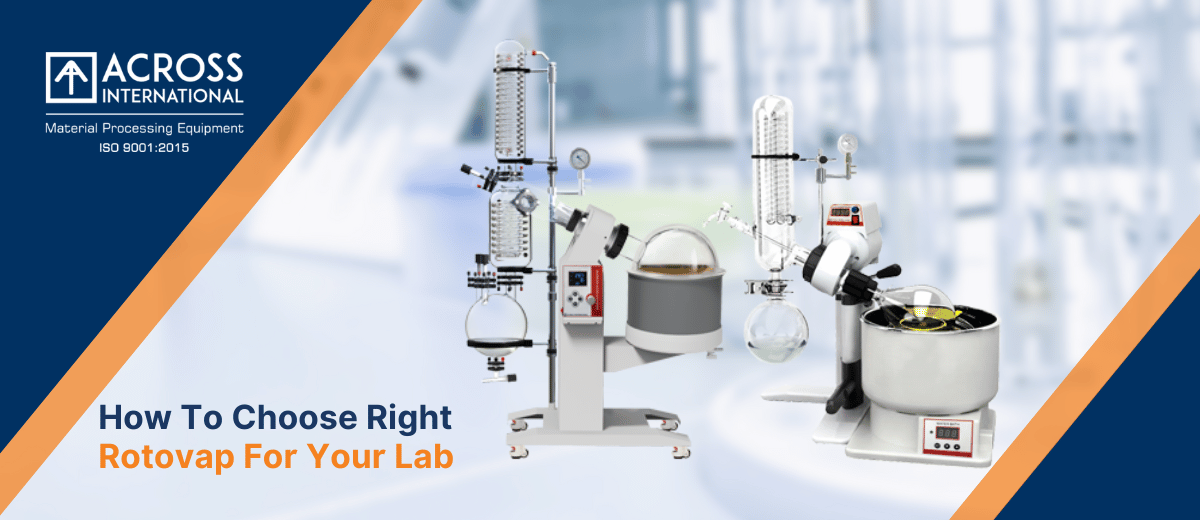
Rotary evaporation is the process of reducing the volume of a solvent by distributing it as a thin film across the interior of a vessel at elevated temperature and reduced pressure. This promotes the rapid removal of excess solvent from less volatile samples. Most rotary evaporators have four major components: heat bath, rotor, condenser, and solvent trap. Additionally, an aspirator or vacuum pump needs to be attached, as well as a bump trap and round bottom flask containing the sample to be concentrated.
Flask, Bump Trap, and Bath Temperature
Selecting a flask that accommodates approximately twice the starting volume. If proper caution is exercised, the volume of the bump trap is irrelevant, but one should always be used as it prevents you from having to recover your sample from the condenser and solvent trap if bumping occurs. A low-vac pump or sink aspirator and temperatures between 25 and 50°C suffice for most common lab solvents. Lower temperatures make for a slower process but reduce the likelihood of bumping. Use common sense when selecting a temperature unless you lack common sense or are crippled with self doubt. In such a case a manometer and distillation nomograph can be utilized.
How to Choose Rotovap for Your Lab
If you're planning to invest in a rotary evaporator for your laboratory, consider the following factors to ensure your choice suits the processes and solvents you frequently work with.
Solvent type
The solvent type informs the solvent's properties, enabling you to understand better the total vacuum needed. For example, the boiling point of ethanol is 78°C without a vacuum, but this reduces to 31.5°C at 100 mmHg vacuum pressure. A rotary evaporator's vacuum pump reduces a solvent's pressure and lowers its boiling point.
Evaporation speed
Many factors can affect a rotovap's evaporation speed. These considerations include the sample bottle's rotation speed, the rotovap's degree of vacuum, the water bath's temperature, and the efficiency of the condensation recovery unit.
Precise control over the rotational speed of an evaporation flask is crucial since the rotating motion agitates the water bath and solution, causing the heat transfer from the flask to the solvent to speed up.
However, some samples are highly sensitive to heat and may get ruined. In such cases, balancing all evaporation speed factors is vital. Additionally, you need to monitor samples with low boiling points to ensure the bath temperature doesn't exceed the optimal threshold.
Materials
Some lab samples may contain corrosive fluids like acids and bases. However, these sample types can harm the material of your evaporator.
As such, you need to know what comprises the inside of your rotary evaporator. If you're testing corrosive fluids, getting a rotary evaporator made of steel or materials that can withstand acids is your best alternative.
Volume of sample
The sample volume helps in determining the flask size needed. Rotary evaporators on the market come in varying volumes, ranging from 0.25 to 50 liters.
Smaller models are best suited when working with only a few samples. However, bigger batches may require an industrial model that can hold a large volume at a time. This model may also be beneficial if you need to scale up.
Available space
It's also essential to consider the available space in your laboratory. Rotary evaporators may require additional space for their paraphernalia. This space consumption issue may become problematic if you use other lab equipment.
Measuring the available space in your lab before making any purchases would be best. You can choose from either a benchtop model or one that can stand on its own on the floor. Whatever you choose, ensure that it doesn't disrupt your lab's workflow.
Reagent/solvent-specific Considerations
Care should be taken to avoid damaging the pump and/or releasing toxic volatiles into the lab atmosphere. Acids and chlorinated solvents do not belong in your lungs, and even if you don't mind/care, I guarantee that your lab-mates will. Be aware that in some cases (expecially for highly volatile liquids) not all of the solvent removed on the rotovap will condense in the traps. You can try venting through a fume hood if the apparatus is in an appropriate position, if not attach a scrubber filled with paraffin oil.
If you really must remove corrosive materials such as propionic/acetic acid, make sure you attach a second liquid nitrogen trap before the solvent passes through the vacuum. This will prolong the life of the pump.
Some solvents/reagents are not really suitable for rotary evaporation, unless the exhaust from your vacuum pump is vented into a fumehood. Pyridine is one. Try extracting it out instead (dilute HCl will help), or remove in vacuo in your fume hood. The spermies of the males in your lab are susceptible to pyridine and you don't want an accidental leak of this fertility-killing stuff.
Lastly, be aware of any potentially reactive solvent combinations. Thionyl chloride and water is a good example. If you really must take off thionyl chloride on the rotovap (there are better alternatives!) be aware that if your apparatus contains moisture you may end up with a nasty stream of HCl/SO2 gas coming from the pump, a combination that is both bad for the pump, and bad for the unfortunate souls who share a lab with you.
Work with the Right Lab Equipment
Frequent solvent extraction and distillation processes call for rotary evaporators in laboratories. It's a piece of equipment that can help when doing research work, and understanding these machines and their work can help maximize their use.
To fully reap its benefits, choose a reliable lab equipment manufacturer that produces quality rotovaps capable of improving research accuracy without worrying about equipment fragility.
If you want to upgrade your equipment, Across International offers a wide range of rotary evaporators and other lab equipment. Our UL/CSA-certified and CE-compliant rotovaps offer high distillation rates and are easy to operate. They come with adapters that allow for various flask sizes, depending on the distilling solvent's volume.
Across International rotovap models range from 2 to 50 liters, addressing your varying distillation needs.
Give your lab a boost in efficiency! Check out our rotary evaporators or request a quote today.


